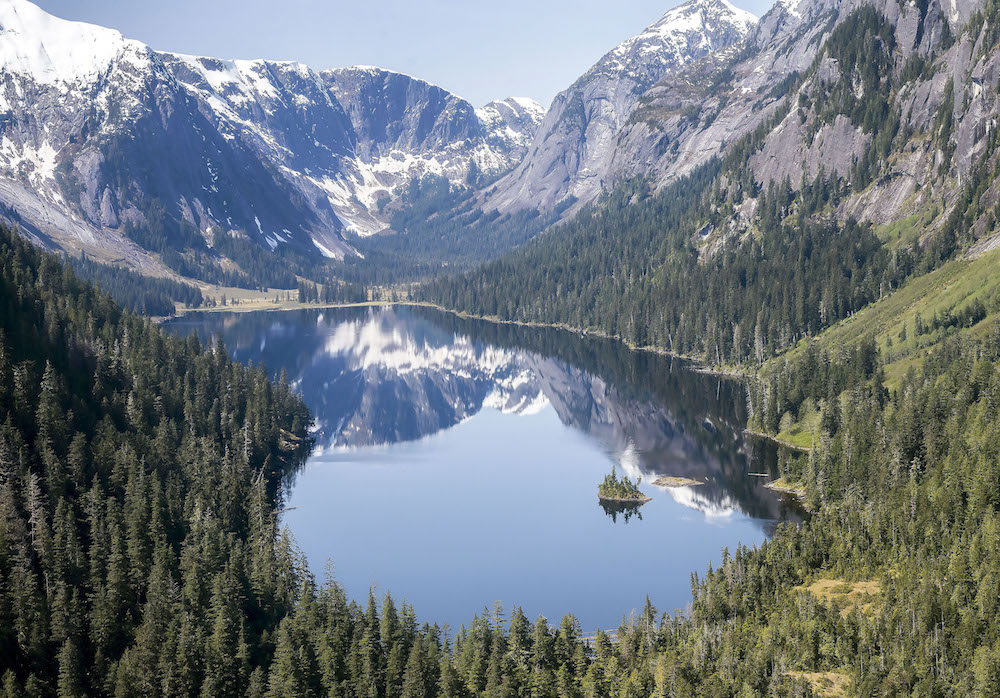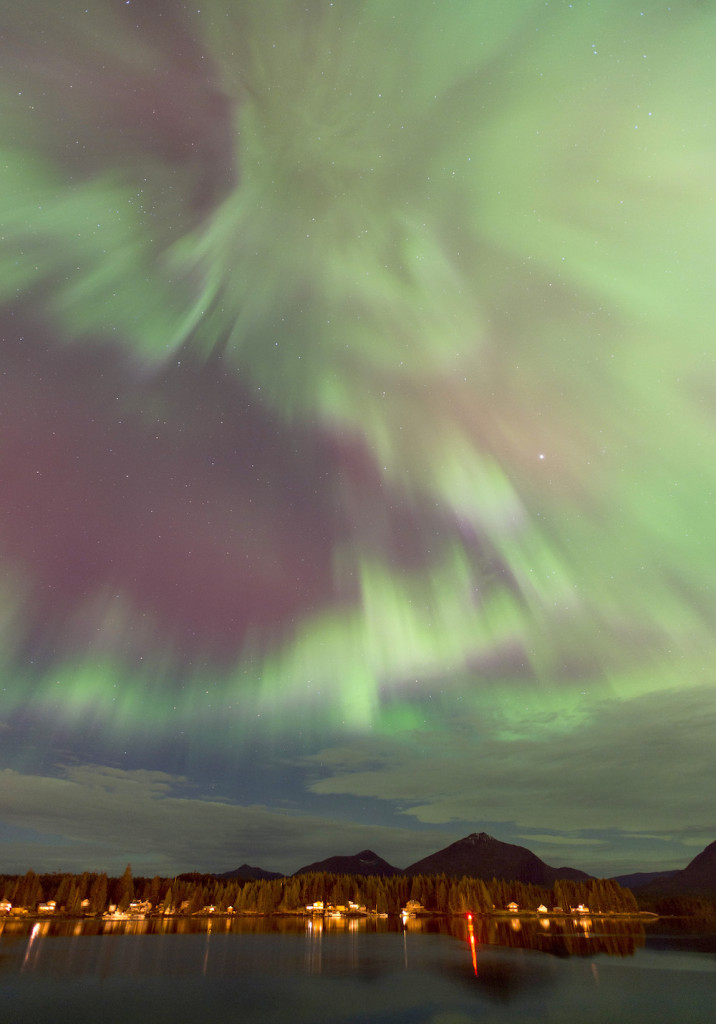
Baton Rouge-born photojournalist Taylor Balkom captures Alaska on film
Age: 24
Here: LSU grad, Daily Reveille photographer and editor
There: Staff photographer at Ketchikan Daily News
How did you end up in Ketchikan?
After I graduated from LSU, I needed a job, and no place I had applied for over the previous six months had gotten back to me. So when I saw the opening for the Ketchikan Daily News, I figured, sure, why not? At this point, I’d take a job anywhere. I applied, and just like that: full-time employment thousands of miles away from everyone I had ever known.
|
|
What were the biggest adjustments you had to make for life in Alaska?
The geography here is obviously different from Louisiana—there are mountains and streams and hills and snow, everything a born-and-raised “flatlander” has rarely dealt with before.

There’s also the rain. Oh my god, the rain. Ketchikan is in the Tongass National Forest, one of the last remaining intact rainforests on the planet. And it rains … almost every day. Seriously. Ketchikan averages 154 inches of rain every year. Last January, Ketchikan got Seattle’s annual rainfall total (around 30 inches) in one month. It rained for 27 consecutive days in October. And all you can do is put your coat on and deal with it.
Also, people say “pee-can” and “pray-lean” here and think that’s the correct pronunciation. It’s unsettling.
What’s a typical day in your job like?
Some days, there’s not much to photograph, especially in the winter when literally half the town is closed because there aren’t any cruise ships in port. But then there are days where I take floatplane rides out to salmon hatcheries or ferry trips to native villages or walk down the street because there’s an actual bear trying to steal fish from a fisherman in the creek. It really varies that much.

What do you do on the weekends in Ketchikan?
You mean besides work? Depends. Is it sunny? Probably go on a hike or a run, come home, binge some Netflix or play video games and then go drink with my coworkers.
Is it raining? Do the same thing, because it’s always raining.
How has Alaskan winter treated you?
Ketchikan is much better off than most of the northern Alaskan communities, but we still only get six or seven hours of daylight in December. Looking out your window at a 3 p.m. sunset is not fun. Vitamin D pills or a sun lamp are a must. Because Ketchikan is so far south, and right at sea level, the winters aren’t too cold. It’ll dip below freezing a few times, but for the most part the temperature hangs around the low 40s, high 30s.

What have been the biggest surprises about Alaskan life for you?
I’ll get the bad surprise out of the way first—it’s unbelievably expensive. Ketchikan has no farms or pastures or anything like that, so most of the food you find in the supermarket has to be shipped up by barge from Seattle. Delivery pizza in this town can be $30 for one large, one-topping pie.
But the good surprise? How friendly everyone has been to an out-of-towner like myself. Everyone is trapped in this tiny town on this huge island, and it kind of forces you to get along with each other. Ketchikan had its first murder in seven years last October. That’s impressive.
What do you miss the most about Baton Rouge?
The three F’s: friends, family and food. Look, salmon is great. It’s healthy! And it’s not possible to get it any fresher than where I live. But there are only so many ways to cook that damn pink fish, and at the end of the day, it’s still just a piece of salmon. There are oysters and shrimp here, and they’re enormous, but they just don’t taste the same as down in Louisiana. There’s no Alaskan equivalent of a catfish (cod and halibut are the whitefish of choice here, but they’re much firmer than catfish), let alone crawfish. I had to order frozen tails online last year to keep my sanity.
When you come home for a visit, what are the first few things you do?
Eat some authentic Louisiana food immediately. I don’t care if I just ate on the plane. I’m eating [Raising] Cane’s.
After that, nap. Because it takes 17 hours to get home.

BALKOM’S FIVE BEST THINGS ABOUT LIVING IN ALASKA
1. BEARS! Like … EVERYWHERE!
2. The summers are phenomenal. Remember how I said we only get seven hours of sunlight in the winter? We get 17 hours of daylight in the summer. It’s awesome.
3. The Northern Lights. They’re very rare to show up in Ketchikan—it needs to be a perfect combination of clear and dark to even see them, plus the storm has to be strong enough to reach us—but there’s nothing else I’ve ever seen like it. It’s like the night sky is dancing to space music.
4. Salmon. It’s fresh, plentiful and delicious. I know I dogged it earlier, but it’s still good.
5. Its attitude. Alaska, mostly, has a very live-and-let-live political view. It’s nice to not have most people be obsessed with changing the views of those around them to fit their own personal views. Everybody just does their own thing.
|
|
|
